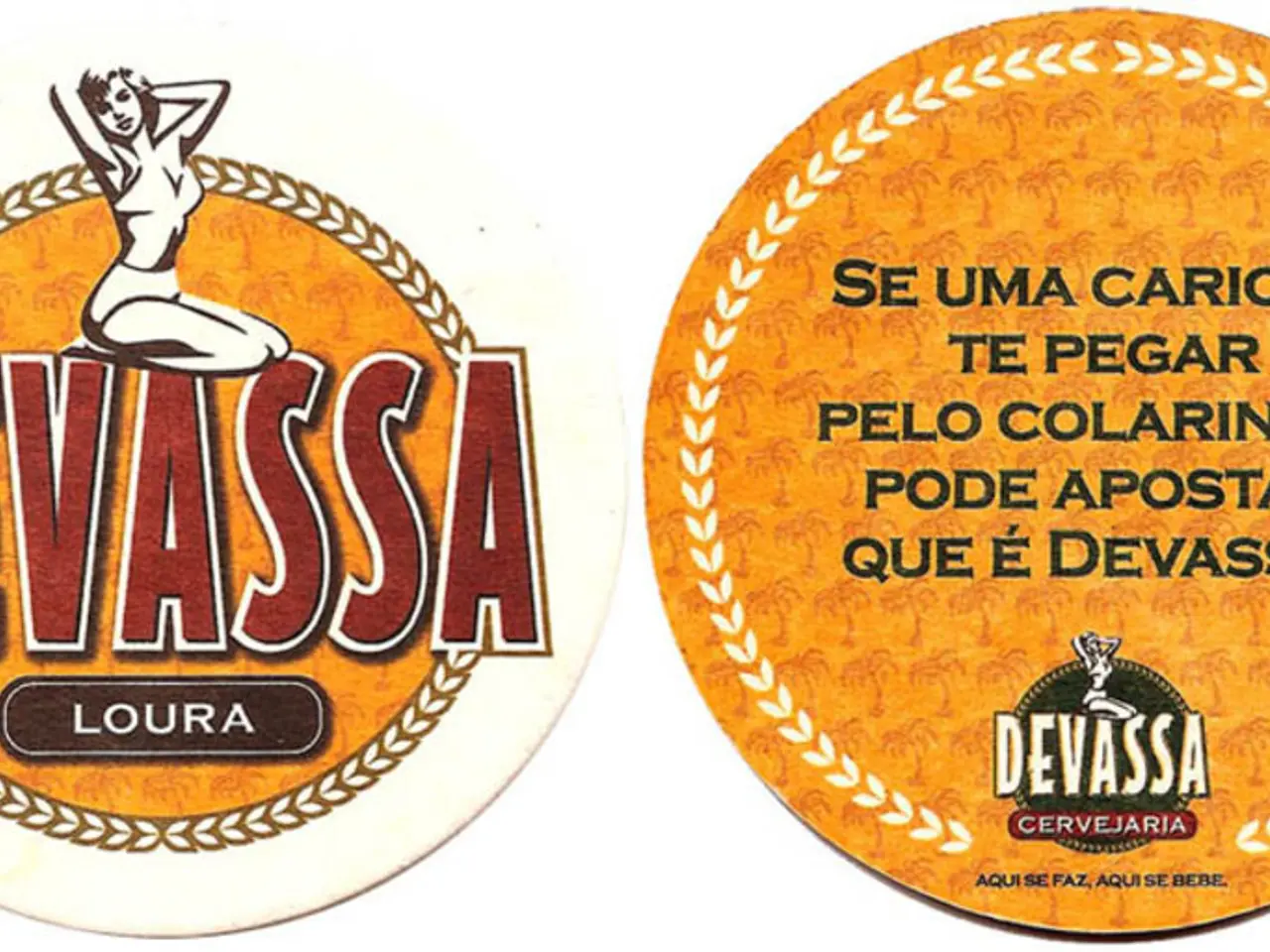Boston University faces a lawsuit from Baylor University over their similar logos, reigniting their long-standing disagreement.
Baylor University has taken legal action against Boston University, alleging that the latter's use of an interlocking "BU" logo design is essentially identical or confusingly similar to Baylor’s federally registered interlocking BU mark. This dispute, which revolves around the specific interlocking "BU" logo, has its roots in a coexistence agreement established in 1988.
Details of the Case
The heart of the matter lies in the interlocking "BU" logo—Baylor’s longstanding emblem—versus Boston University’s more recent adoption of a similar design on merchandise and club sports promotional materials starting around 2018. Baylor applied for trademark registration for the interlocking BU in 1987, but the application was opposed by Boston University, leading to a 1988 coexistence agreement that allowed both to use "BU" but presumably not identical logo designs.
Boston University’s use of hats and merchandise with an interlocking BU mark from 2018 onward allegedly breaches that agreement and infringes Baylor’s trademark and goodwill.
Baylor University’s Defenses and Arguments
Baylor clarifies it does not oppose Boston University’s use of "BU" initials side-by-side but objects only to the interlocking design elements that cause confusion. The university emphasizes the logo’s long use (since 1912) and its significance as a symbol widely recognized on apparel and products. Baylor also claims that Boston’s current logo usage violates the terms of the coexistence agreement that allowed both to coexist with distinct logos, as Boston started using the interlocking logo design only after 2018.
Potential Resolution and Remedies
Baylor seeks an injunction requiring Boston University to cease use and destroy all materials containing the interlocking BU logo. The university also demands recovery of legal costs, interest, and possibly other financial remedies related to the alleged infringement. Since the case is newly filed, potential resolutions could include court-ordered injunctions, monetary damages, and possibly renegotiation or clarification of coexistence terms, depending on judge rulings or negotiated settlements.
The interlocking design is one of Baylor's most recognizable identity designations, including for athletics. Among Boston University's possible defenses in the trademark infringement case are that the school is using the interlocking BU mark in ways that fall outside of Baylor's trademarks, such as for club sports.
Baylor has been using an interlocking BU mark since at least 1912, which is registered with the U.S. Patent and Trademark Office for clothing, educational services, and various other goods and services. Boston University could assert it is protected by contractual authority, interpreting its 1988 agreement to contemplate how it is using the interlocking BU mark.
The trademark infringement complaint was authored by attorney Wendy C. Larson of Pirkey Barber. Baylor operates an extensive trademark licensing program that produces apparel and accessories, including those that celebrate Baylor athletics.
- Baylor University has accused Boston University of breaching a 1988 coexistence agreement by using an interlocking "BU" logo design similar to Baylor's own, which is widely recognized on apparel, products, and athletics merchandise.
- In the trademark infringement case, Boston University might argue that its use of the interlocking BU mark for club sports falls outside of Baylor's trademark rights.
- As a part of its defense, Boston University could claim protected usage by interpreting the 1988 agreement to fit their current Interlocking BU mark implementation.
- Educational analysis may involve studying how this case, with its focus on media rights and intellectual property in the context of education-and-self-development and sports such as football, hockey, basketball, and tennis, could lead to future legal precedents and learning opportunities in the realm of sports logos and trademark infringement.




